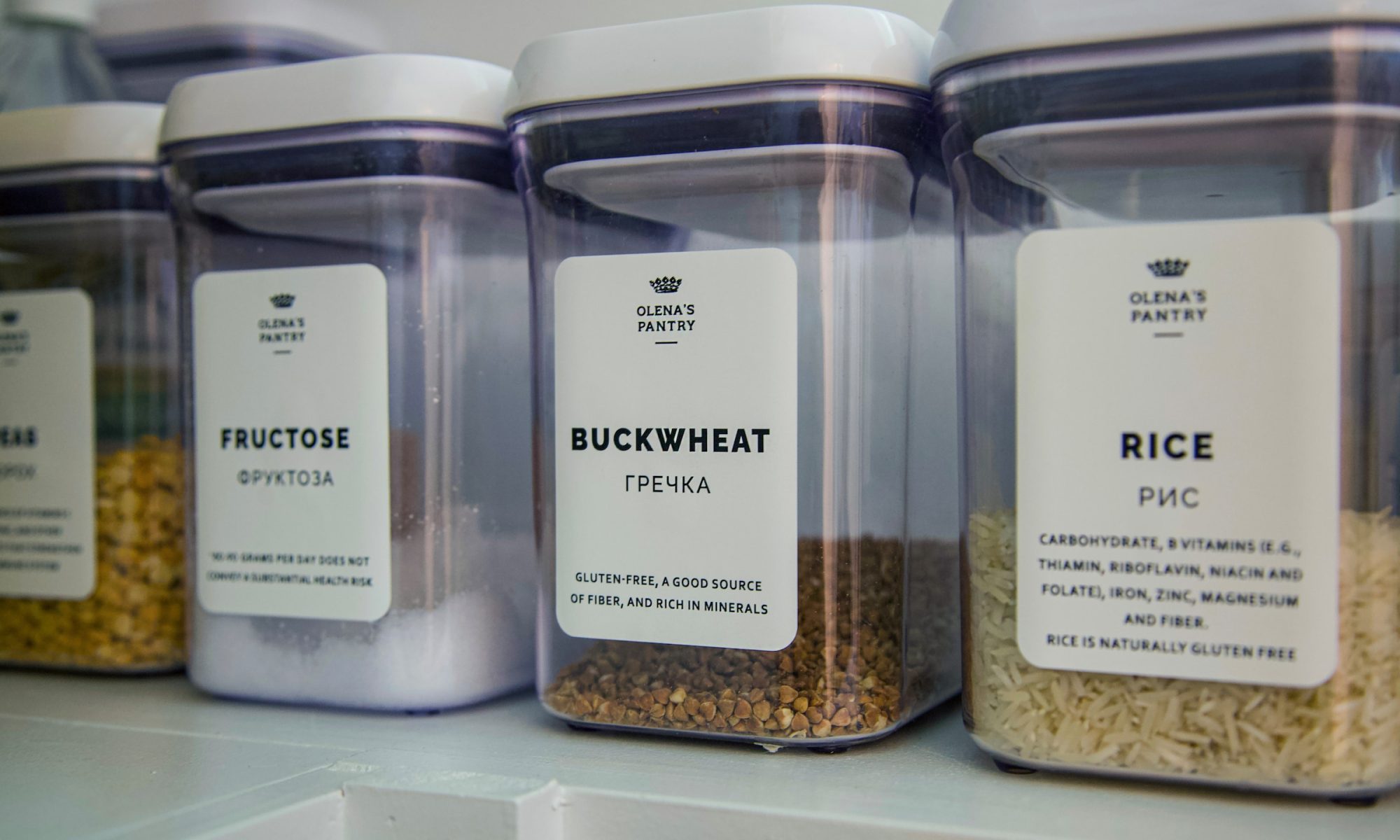Efficient data management is crucial for various tasks, and the seamless integration between Microsoft Excel and Word provides a powerful solution for creating labels. This article will guide you through the straightforward process of retrieving data from an Excel spreadsheet and utilizing Microsoft Word to build and customize labels. Whether you’re organizing a mailing list or categorizing items, this approach offers flexibility and ease in label creation.
Organize Your Data in Excel
Begin by opening Excel and organizing your data into columns with meaningful headers. Ensure that your spreadsheet is well-structured, making it easy to select and import the relevant information into Word. Format your data as a Table.
Open Microsoft Word and Access Mail Merge
Switch to Microsoft Word and open a new or existing document. Navigate to the “Mailings” tab on the Word ribbon and select “Start Mail Merge.” From the dropdown menu, choose “Labels” to initiate the label creation process.
Select Label Size and Type
In the Label Options dialog box, specify the type and size of the labels you will be using. Microsoft Word provides a variety of label templates, and you can customize the size according to your requirements. Ensure that the selected label size aligns with the labels you have on hand. For example, Staples brand has labels that coincide with the Avery 5160 template, so in this case chose “Avery US Letter” and scroll down the list until you find the applicable product number.
Connect to Your Excel Spreadsheet
To import data from Excel, click “Select Recipients” in the Mailings tab, then choose “Use an Existing List.” Navigate to and select your Excel workbook. Be sure to select the applicable worksheet. This step establishes a link between Word and Excel, allowing you to pull in the necessary data.
Preview and Complete the Merge
After connecting to your Excel spreadsheet, click “Insert Merge Field” to populate the placeholders in your labels. Preview the results to ensure the information appears correctly. Insert spaces or enter if you require additional formatting. Every column of information you want to bring to those labels is a new “insert merge field” command. Once your first label looks right, select close.
Complete the merge by clicking “Update Labels” and selecting “Finish and Merge”, then “Edit Individual Documents.” Because your template has only 30 labels, you will need to chose From: 1 To: 30. Files over that count of rows will need a second command for 31-60. Go ahead and print your items from there.
In Conclusion
By integrating Microsoft Excel and Word, you can streamline the process of creating labels with data from your spreadsheet. This collaborative approach not only simplifies the organization of information but also provides the flexibility to customize labels according to your specific needs. Follow the steps outlined in this article to harness the synergy between Excel and Word, enhancing your ability to efficiently manage and present data in the form of professional-looking labels.
Barb Henderson, from Barb Henderson Consulting, offers a great training video for this process.


